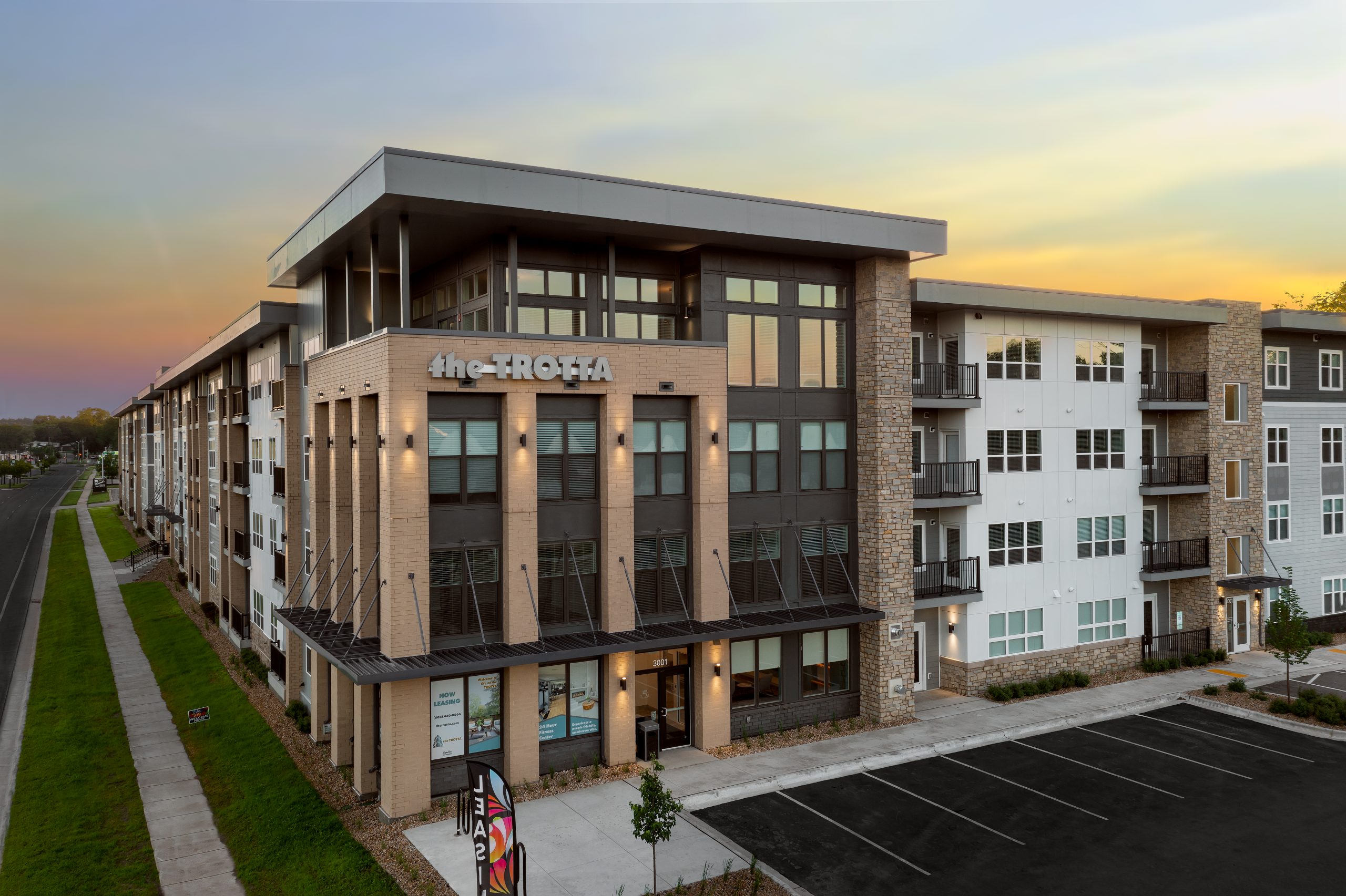LIHTC101: What Developers Need to Know About the Low-Income Housing Tax Credit Program
ramaker insights
LIHTC 101: What Developers Need to Know About the Low-Income Housing Tax Credit Program
The Low-Income Housing Tax Credit (LIHTC) program was created in 1986 to encourage private investment in affordable housing for low-income households. Since then, LIHTC has become the largest and most successful affordable housing program in the United States. The program offers a dollar-for-dollar reduction in federal tax liability to developers who invest in the construction or rehabilitation of affordable rental housing.
Whether you’re a seasoned developer or new to the scene, here’s what you need to know to leverage the LIHTC program effectively:

Understanding the Basics
To participate in the LIHTC program, you and your team must first secure an allocation of tax credits from the state housing finance agency (HFA). The amount of tax credits awarded is based on the number of affordable housing units created or preserved, the level of income restriction placed on those units, and the development’s location.
Once credits are awarded, the developer sells them to an investor who uses them to offset their federal tax liability for ten years. The cash paid by the investor to the developer helps to pay for the affordable housing development. The project must comply with program requirements that include renting units to income-eligible households, maintaining affordability….etc….
Partnering with Experts
It’s always important to choose a winning team. From the start, include experienced partners such as architects, attorneys, and accountants who understand the complexities of the program. Working with an experienced development team can help ensure that your project stays on track, on budget, and complies with all program requirements.
Choosing the Right Site
No matter how great your concept or team of experts is, you can fall flat if you’ve chosen a poor site. Successful site selection considers factors such as access to public transportation, employment centers, schools, and other amenities. You should also consider the neighborhood’s economic, social, and physical characteristics, including crime rates, vacancy rates, and the availability of community services. Ramaker’s state-of-the-art tax credit mapping tool can quickly and efficiently help you quantify these values and identify promising sites for development.
Designing for Sustainability
You should design LIHTC projects with affordability in mind. This includes designing energy-efficient units requiring minimal maintenance to help keep operating costs low. You should also consider using durable materials that require minimal replacement or repair over time. Selecting an experienced Architecture and Engineering team will allow for collaborative conversation to take place in which sustainability measures can be presented, discussed, and integrated into the design. The earlier these conversations take place, the more cost-effective the design solutions can be. Remember though, short-term increased costs can easily provide long-term financial rewards!
Managing Costs
Keeping costs low is crucial for LIHTC projects. You must balance the need to create affordable housing with the need to control construction costs. Careful planning, design, and project management can help keep costs in check while ensuring that the project meets all program requirements. Selecting a General Contractor early in the project can allow for an additional layer of managing construction costs before putting shovel to dirt. General Contractors can provide real-time cost estimating, working in collaboration with the Architects and Engineers to maintain design intent while integrating cost-saving, long-term measures for success, whether through sustainability measures, energy conservation practices or a variety of other options.
Securing Financing
LIHTC projects typically require multiple sources of financing, including private equity, debt financing, and government subsidies. You should work with experienced lenders who understand the complexities of LIHTC financing and can help identify the most appropriate financing sources for their projects. Don’t feel like you need to find these sources alone; there are various organizations involved in the process who will gladly point you in the direction of organizations that regularly work in the LIHTC world. You can also reach out to the state organization that distributes the tax credits as they too will be able to provide you with additional information.
Conclusion
The LIHTC program is a valuable tool for developers looking to create affordable housing for low-income households. However, its complexities can be difficult to muddle through for developers who are applying for credits for the first time. To leverage the program effectively, you must understand the program’s requirements, work with experienced partners, choose the right site, design for affordability, manage costs, and secure appropriate financing. With careful planning and execution, LIHTC projects can provide much-needed affordable housing for millions of Americans.
Ramaker’s comprehensive architectural services package includes essential supporting documentation necessary for submitting a successful LIHTC application, including scoring maps, architectural certification letters, and planning and advocacy support to secure municipal zoning approval. As a bonus, our package also includes our state-of-the-art tax credit mapping tool, which helps clients identify the most promising areas for multifamily developments.
As a full-service A&E firm, we are uniquely positioned to support clients throughout the entirety of the development process, from application submission to design and construction. Interested in pursuing an Affordable Housing Project? Start a conversation with Ramaker today!



